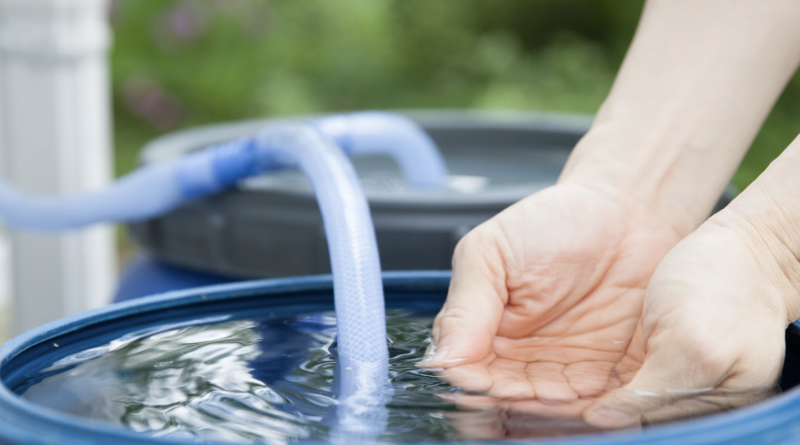6 Maintenance Tips To Keep Your Water Tank Clean
Water tanks are fast becoming a regular sight in many homes, but not everyone knows how to maintain and clean them properly. Some may think they can buy and install the tank and leave it as it is, but that’s not the end of it.
If homeowners don’t care for their water tanks, it could become a health hazard. All kinds of bacteria and other microorganisms can grow abundantly in the water, and mold or algae may develop inside and around the tank.
For these reasons, homeowners should follow a routine that includes maintenance and cleaning of the tank, and below are a few tips for homeowners to follow to keep their water tanks fresh and clean:
- Test The Water Inside The Tank Regularly
Any tank that contains water left for some time without maintenance or cleaning may accumulate dirt, debris, bacteria, algae, and other contaminants. Luckily, testing kits are available to see what is in the water.
Tanks outside where homeowners use them for gardening, for example in QLD, may need extra care as weather elements could cause more contaminants in the water. Homeowners can take a sample of the water to a reputable retailer that works with water tanks for analysis and extra advice.
- Drain All The Fluids Out Of The Tank
Homeowners should drain their water tanks at least twice to three times each year to ensure the water remains in good condition. Before the cleaning process starts, homeowners should drain all the water in the tank and the filtration system connected to the tank.
Draining all the water from the tank will leave it empty for someone to begin the cleaning process on the inside and outside, but more importantly, it removes old water from the tank. The old water may contain some microorganisms and other harmful items mentioned earlier, so draining it is a crucial step in maintaining and cleaning the tank.
- Thoroughly Clean The Inside And Outside Of The Tank
The outside of the tank is as important as the inside, and homeowners shouldn’t forget this. When the homeowner neglects the tank, there could be all kinds of debris clogging the outlets and may get into the water.
While cleaning the outside with mild detergent, check for any cracks or damage which could let different contaminants into it. Washing the inside with the same detergent is recommended before disinfecting the tank. Ensure that it is free from all dirt and that no visible algae or mold is left.
- Sterilize Or Disinfect The Tank
Because microorganisms like bacteria are too tiny to see with the naked eye, one must assume that there could be some of them hiding in each part of the tank. Sterilizing or disinfecting the tank will be the best option to rid it of these disease-causing organisms.
A bleach solution can kill all the bacteria, fungi, algae, and other microorganisms in the tank, so homeowners should clean every nook and cranny inside with the solution.
- Remove All Chemicals And Soap
Once the tank is clean inside and out, the homeowner should remove all the chemicals and soap. If any soap or chemicals are left behind, they could influence how the garden grows or harm anyone consuming water from the tank.
Before refilling the tank with fresh water, rinse it thoroughly with clean water and ensure the water runs through the outlets and pipes to remove the chemicals from them as well. Otherwise, the chemicals may cause the grass and plants to wither and die when trace chemicals are carried out to a garden sprinkler.
- Check For Remnants Of Chemicals
If the homeowner does an excellent job removing the chemicals and soap from the tank, this step may not be necessary. But, if in doubt, they can purchase a chemical testing kit to check that there is no residue in the water. When going this route, only fill the tank halfway so the water can drain if the test confirms there is a reason to rinse the tank once more.
Once the tank is entirely free from all chemicals or soap, the homeowner can refill it with fresh, clean water as it will be ready and safe for use.
To Conclude
Properly maintaining a water tank is not as complicated as it seems. As long as the homeowner keeps an eye on the tank to see when it needs some attention, it will ensure that the tank remains in good shape.
A water tank is convenient for saving and storing water, but homeowners should accept the responsibility of caring for them accordingly. Following the tips from this article could make the cleaning routine more manageable.
